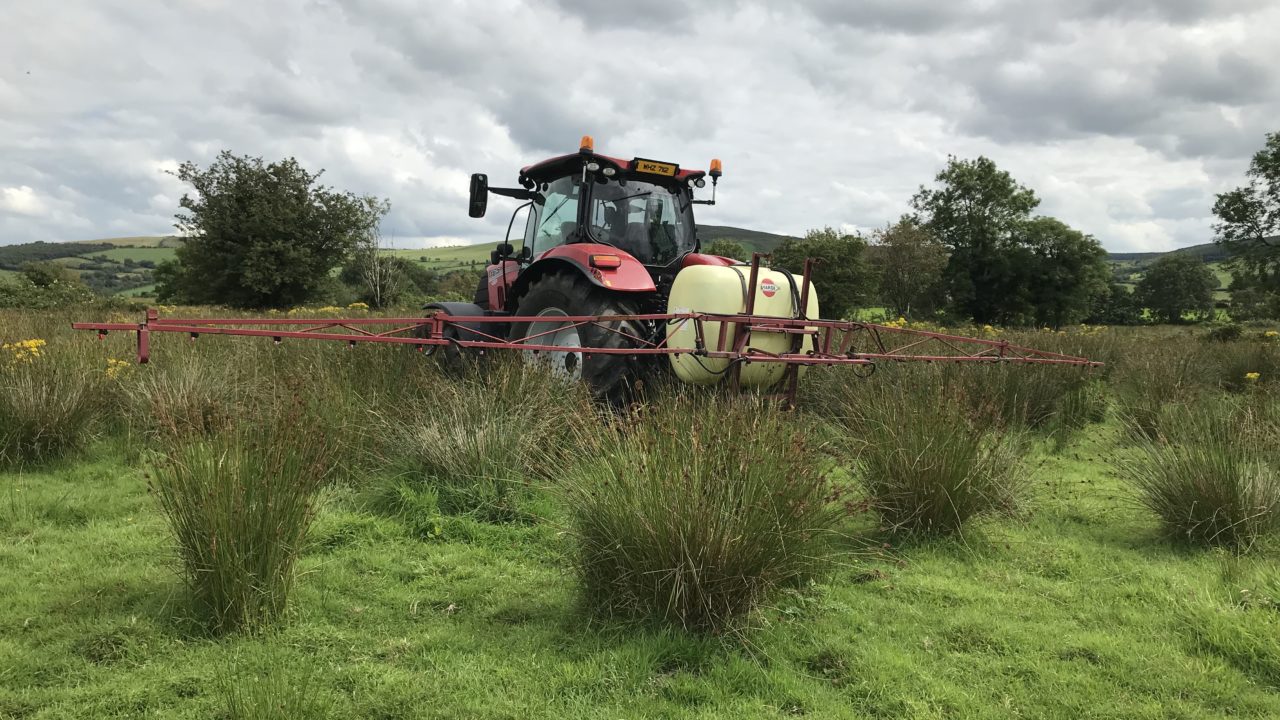There has been a slight increase in the number of pesticide exceedances in public drinking water supplies last year, according to Irish Water.
There were 81 pesticide exceedances in public drinking water supplies in Ireland in 2020, an increase of five from 2019.
These exceedances were detected as part of Irish Water’s public water supply monitoring programme.
The National Pesticides and Drinking Water Action Group (NPDWAG) is asking users of any herbicide or pesticide products to consider the vulnerability of their local drinking water supplies to pesticide contamination and the importance of these supplies to the local homes and businesses in the community.
There are currently six priority catchment areas of particular concern where Irish Water is seeing frequent pesticide exceedances from our monitoring programmes.
These are: Longford Central, Co. Longford (MCPA); Newcastlewest, Co. Limerick (MCPA); Belturbet, Co. Cavan (MCPA); Clonroche, Co. Wexford (Bentazone); Newport, Co. Mayo (Glyphosate/MCPA); and Foynes Shannon Estuary, Co. Limerick.
All of these areas are being prioritised for action by members of the NPDWAG.
Minimising pesticide use not only helps to protect water quality but also has wider environmental benefits. For example, leaving areas unsprayed can help native flowering plant species to grow and support a range of insects including bees and other vital pollinators.
One third of Ireland’s bee species are threatened with extinction and by helping the bee population survive and thrive we are also helping to protect our precious water sources.
Where pesticide use is considered necessary, the NPDWAG is working with the community to ensure that best practice measures to protect drinking water sources and biodiversity are always followed.
Farmers and other landholders dealing with the challenge of tackling rushes should note that the Department of Agriculture, Food and the Marine has developed new guidance on the sustainable management of rushes.
The efforts to reduce the incidence and level of these detections are being coordinated by the NPDWAG. This group is chaired by the Department of Agriculture.
All of the key stakeholders are represented in this group and include other Government departments and agencies; local authorities; industry representative bodies; farming organisations; water sector organisations; and amenity sector organisations.
Recent drinking water monitoring results for Ireland show that a number of active substances contained in herbicide products used in agriculture, amenity and gardens, such as 2,4-D, Fluroxypyr, Glyphosate, MCPA, Mecoprop and Triclopyr, are being regularly detected.
- Choose the right pesticide product (note that products containing MCPA are NOT approved for use in weed-wipers);
- Read and follow the product label;
- Determine the right amount to purchase and use;
- Don’t use pesticides if rain is forecast in the next 48 hours;
- Make sure you are aware of the location of all nearby water courses;
- Comply with any buffer zone specified on the product label to protect the aquatic environment. Mark out the specified buffer zone from the edge of the river or lake or other water course and drainage ditches;
- Avoid spills, stay well back from open drains and rinse empty containers 3 times into the sprayer;
- Store and dispose of pesticides and their containers properly;
- Never fill a sprayer directly from a water course or carry out mixing, loading or other handling operations beside a water course.
John Leamy, Irish Water’s drinking water compliance lead, said:
“While our consultation with the HSE has concluded that the levels we are detecting do not represent a threat to public health, they are however undesirable in drinking water and it is therefore imperative that users of pesticides are mindful of best practice when using herbicides or pesticides and seek out alternatives.”

